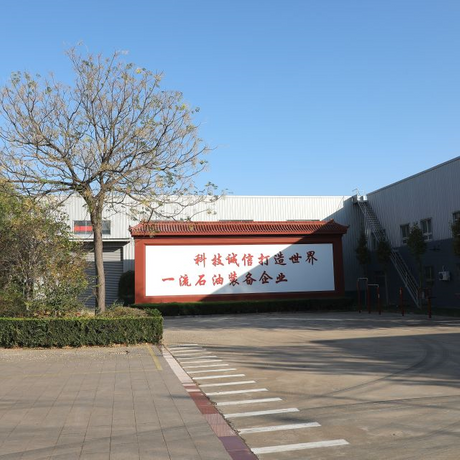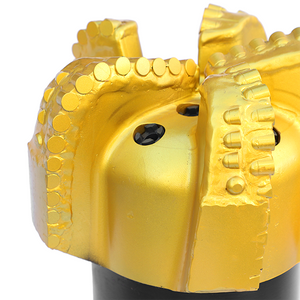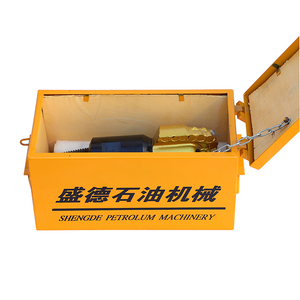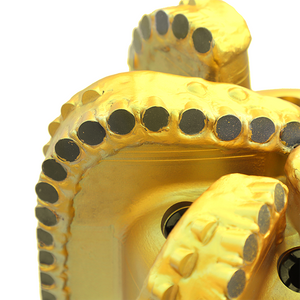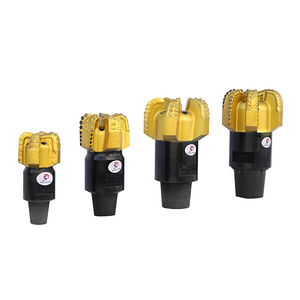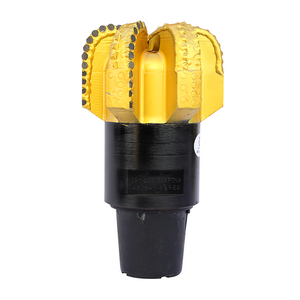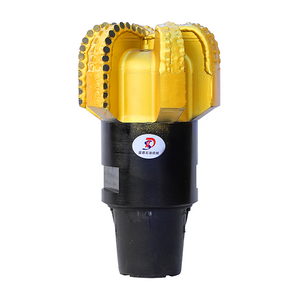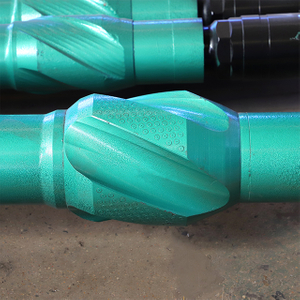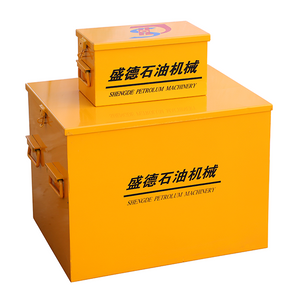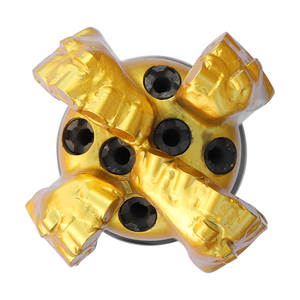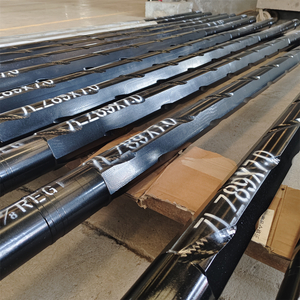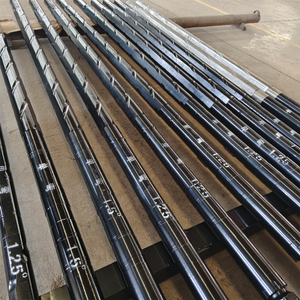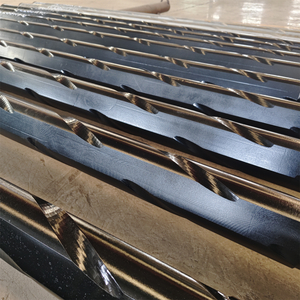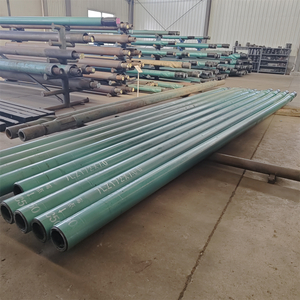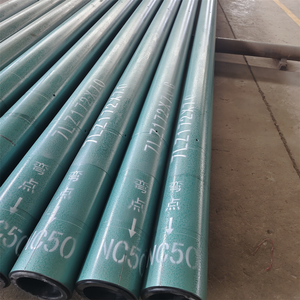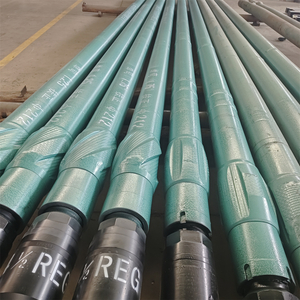Product Introduction
An advanced tool for directional well drilling, the high-torque and high-performance positive displacement motor (PDM) is essential for handling challenging drilling conditions. Engineered with cutting-edge technology, this PDM delivers exceptional torque output to drive the drill bit with greater force through hard rock formations and complex wellbore trajectories. By providing efficient and continuous penetration into the subsurface, it significantly reduces drilling time and costs. Equipped with advanced control systems and high-quality components, this PDM ensures precise control of drilling direction and penetration rate. Its high-precision design ensures that the wellbore is drilled exactly according to the planned trajectory, minimizing errors and deviations. This not only improves the quality of well construction but also optimizes the productivity of oil or gas reservoirs.
Our Advantage
Robust Torque Generation Capability
Positive Displacement Motors (PDMs) are designed to produce remarkable torque. Their unique helical rotor - stator configuration efficiently converts hydraulic power into high - torque rotational motion. This high torque allows PDMs to drill through extremely hard and heterogeneous formations, including high - strength igneous rocks and abrasive conglomerates. In contrast to traditional drilling mechanisms, PDMs can maintain a consistent and powerful drilling force, which not only accelerates the drilling speed but also ensures smooth and continuous penetration, thus significantly enhancing drilling efficiency in difficult geological settings.
Unparalleled Drilling Precision
High - precision PDMs are equipped with state - of - the - art alignment and guidance systems. Advanced manufacturing processes ensure that the internal components are fabricated with tight tolerances, minimizing any potential misalignment during operation. This results in highly accurate drilling trajectories. In oil and gas drilling, where hitting specific reservoir targets with millimeter - level precision is often required, PDMs can precisely control the wellbore direction, reducing the margin of error to a minimum. This precision not only maximizes reservoir contact but also helps in preventing wellbore instability issues associated with off - target drilling, ultimately leading to cost savings in terms of both drilling operations and reservoir exploitation.
Exceptional Durability for Long - Term Use
Constructed from high - quality, wear - resistant materials, PDMs are engineered to endure the harsh environment of drilling operations. The stator is typically made of specialized elastomers that can withstand high pressures, abrasive fluids, and elevated temperatures, while the rotor is crafted from hardened alloys to resist mechanical wear. These materials, combined with a robust mechanical design, enable PDMs to operate continuously for extended periods without significant degradation in performance. This durability reduces the frequency of equipment replacements and maintenance, minimizing unplanned downtime and overall operational costs over the lifespan of a drilling project.
Broad - Spectrum Applicability
PDMs demonstrate remarkable versatility across a wide spectrum of drilling applications. In the oil and gas industry, they are suitable for vertical, horizontal, and highly deviated directional drilling operations. Additionally, they find extensive use in other fields such as mining, where accurate and efficient drilling in hard rock formations is crucial for ore extraction; geotechnical exploration, for investigating subsurface soil and rock conditions; and water well drilling, for creating reliable water access points. Their ability to adapt to different drilling depths, formation characteristics, and operational requirements makes PDMs an indispensable tool for a diverse range of drilling projects, providing flexibility and efficiency in various drilling scenarios.
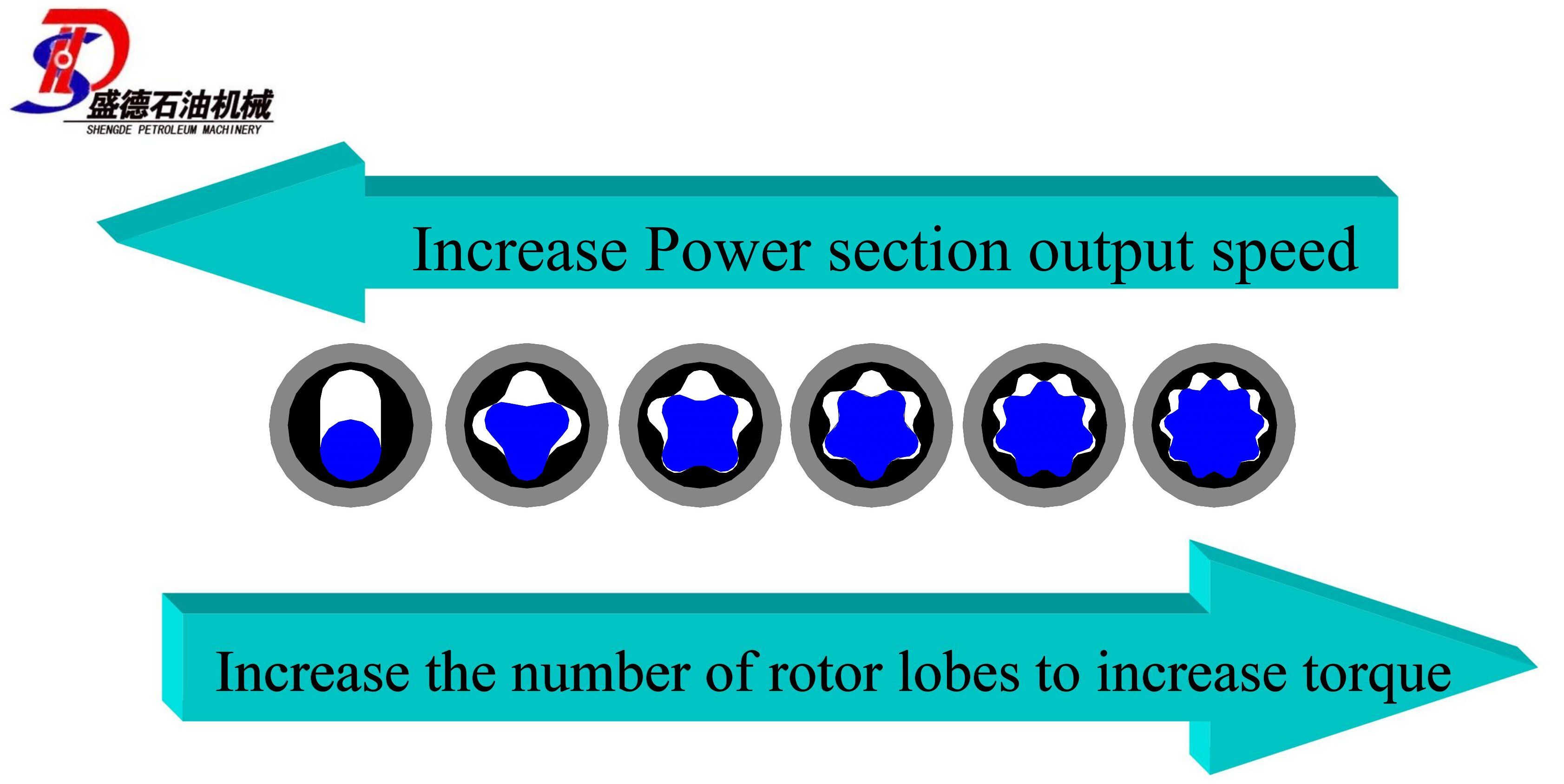
Product Uses
Oil and Gas Exploration and Production
In the oil and gas industry, PDMs play a pivotal role in directional drilling. For instance, in offshore oil fields, where the target reservoirs are often located at great depths and complex geological structures, PDMs are used to precisely control the drilling direction. They can navigate through layers of different rock formations, including shale, sandstone, and limestone, to reach the hydrocarbon - bearing zones accurately. High - torque PDMs are essential for drilling horizontal wells in tight oil and gas formations. These formations require a large amount of torque to drill through the hard, low - permeability rocks. The high - precision feature of PDMs ensures that the wellbore stays within the thin pay zones, maximizing the contact area with the reservoir and enhancing the oil and gas recovery efficiency.
Mining Operations
In mining, PDMs are widely applied in hard - rock mining. When extracting valuable minerals such as gold, copper, and diamond from deep - seated ore bodies, the drilling equipment needs to penetrate through extremely hard rock formations. High - torque PDMs can generate the necessary rotational force to drill large - diameter holes for blast - hole drilling. The high - precision aspect is crucial for ensuring that the drill holes are placed accurately, which is essential for efficient blasting operations. Precise hole placement helps in controlling the fragmentation of the ore, reducing over - break and under - break, and ultimately improving the overall mining efficiency and reducing production costs.
Geothermal Energy Development
Geothermal drilling is another significant application area for PDMs. To access the hot geothermal reservoirs, which are usually located several kilometers underground, drilling through multiple layers of rock with varying properties is required. High - torque PDMs can handle the tough drilling conditions, including drilling through hard volcanic rocks and sedimentary layers. The high - precision of PDMs is vital for positioning the wellbore correctly within the geothermal reservoir. An accurately drilled wellbore can optimize the extraction of geothermal fluids, which are used for power generation and heating purposes. Precise drilling also helps in preventing the mixing of cold water from adjacent formations, ensuring the long - term viability and efficiency of geothermal energy production.
FAQ
1. What is a Downhole Mud Motor and how does it work in directional well drilling?
A Downhole Mud Motor is a tool used in directional drilling that converts hydraulic energy from drilling fluid into mechanical energy to rotate the drill bit. This allows for precise control and steering of the wellbore.
2. How does a High Torque Downhole Mud Motor benefit directional drilling operations?
A High Torque Downhole Mud Motor provides the necessary power to rotate the drill bit in challenging formations, allowing for faster drilling speeds and increased efficiency in directional drilling operations.
3. What makes a High Precision Directional Well Downhole Mud Motor stand out from other drilling tools?
A High Precision Directional Well Downhole Mud Motor is designed with advanced technology and precision engineering to ensure accurate wellbore placement and minimal deviation from the planned drilling path.
4. How can the use of a Downhole Mud Motor improve drilling performance in complex well trajectories?
By utilizing a Downhole Mud Motor, operators can achieve greater control over the drilling process, resulting in smoother well trajectories, reduced drilling time, and improved overall drilling performance in complex formations.
5. What are the key features to look for when selecting a Downhole Mud Motor for directional drilling applications?
When choosing a Downhole Mud Motor for directional drilling, it is important to consider factors such as torque output, precision steering capabilities, durability, and compatibility with the specific drilling conditions of the wellbore.


